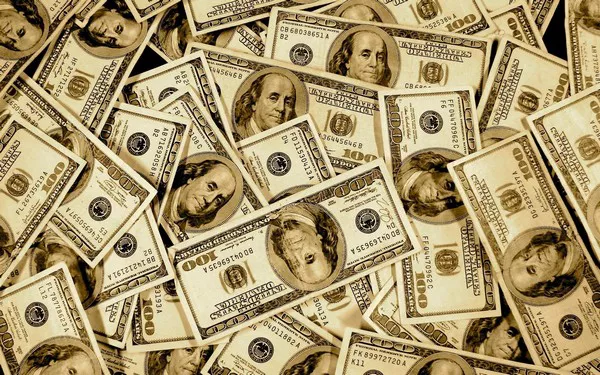In the world of currency, the two-dollar bill occupies a unique and somewhat enigmatic place. Often considered a collector’s item, the two-dollar bill is a fascinating piece of American currency history. One common question that arises regarding these bills is, “How many two-dollar bills are in a bundle?” In this article, we will delve into the specifics of two-dollar bill bundles, exploring their history, denominations, and the reasons behind their scarcity.
The Two-Dollar Bill’s Fascinating History
Before we unravel the mystery of how many two-dollar bills are in a bundle, let’s take a brief journey through the history of these uncommon bills. The two-dollar bill was first introduced in the United States during the Civil War era in 1862. Its issuance was discontinued in 1966 but was reintroduced a decade later in response to public demand.
Initially, two-dollar bills were issued in large quantities, but their circulation dwindled over the years due to various factors, including their rarity in everyday transactions. This rarity contributed to their reputation as a novelty item rather than a common denomination used for day-to-day purchases.
Understanding Denominations and Bundles
Now, let’s turn our attention to the heart of the matter: how many two-dollar bills are in a bundle? To answer this question, we must first understand the denominations in which two-dollar bills are issued. Two-dollar bills are available in two primary denominations: Federal Reserve Notes and United States Notes. Federal Reserve Notes are the most commonly used form of currency today, while United States Notes are less common.
In a standard bundle of Federal Reserve Notes, you will typically find 100 bills of the same denomination. However, the two-dollar bill is an exception. A bundle of two-dollar bills typically contains half the number of bills found in standard bundles, which means that there are 50 two-dollar bills in a bundle.
This unusual bundle size for two-dollar bills is due to their lower circulation and usage compared to more common denominations, such as one-dollar bills, five-dollar bills, or twenty-dollar bills. The smaller bundle size reflects the lower demand for two-dollar bills in everyday transactions.
The Scarcity of Two-Dollar Bills
One might wonder why two-dollar bills are so scarce, leading to smaller bundles. There are several factors that contribute to their limited circulation:
Novelty and Collectibility: Two-dollar bills are often collected as novelties or kept as souvenirs, rather than spent in regular transactions. Many people consider them unique and choose to save them.
Misconceptions: Some individuals believe that two-dollar bills are no longer in circulation, leading to a reluctance to accept them. This misconception further reduces their usage.
Preference for Other Denominations: In everyday transactions, people often prefer using one-dollar bills or higher denominations for convenience. Two-dollar bills are sometimes seen as less practical.
Limited Production: The U.S. Treasury prints fewer two-dollar bills compared to other denominations, as demand is lower. This limited production contributes to their scarcity.
Hoarding: Some people hoard two-dollar bills, believing they might become valuable collector’s items in the future. This behavior further reduces the number of two-dollar bills in circulation.
Collecting Two-Dollar Bills
Given their scarcity and unique status in American currency, two-dollar bills have become popular among collectors. Collectors seek out two-dollar bills for their unusual denominations, historical significance, and distinctive design features.
Two-dollar bills come in various series and designs, making them an intriguing and diverse addition to any currency collection. Some collectors focus on acquiring two-dollar bills from specific years or series, while others seek out bills with unique printing errors or serial numbers, adding an extra layer of intrigue to their collections.
Conclusion: Demystifying the Bundle
In conclusion, the question of how many two-dollar bills are in a bundle reveals a unique aspect of American currency. Unlike more common denominations, two-dollar bills are bundled in quantities of 50 instead of the usual 100. This distinctive bundle size is a testament to their rarity and lower demand in everyday transactions.
The scarcity of two-dollar bills can be attributed to various factors, including their collectibility, misconceptions about their circulation, and a preference for other denominations. Nonetheless, these bills remain a captivating piece of American currency history, cherished by collectors and curious minds alike.
So, the next time you come across a two-dollar bill, remember that it’s not just a piece of currency; it’s a piece of history, and there are 50 of them in a standard bundle, each with its own story to tell.
Related Topics:
How to Invest with a Strong Dollar: A Comprehensive Guide
How to Turn Cents into Dollars: A Step-by-Step Guide
How Would a New BRICS Currency Affect the US Dollar: Things You Need to Know


























